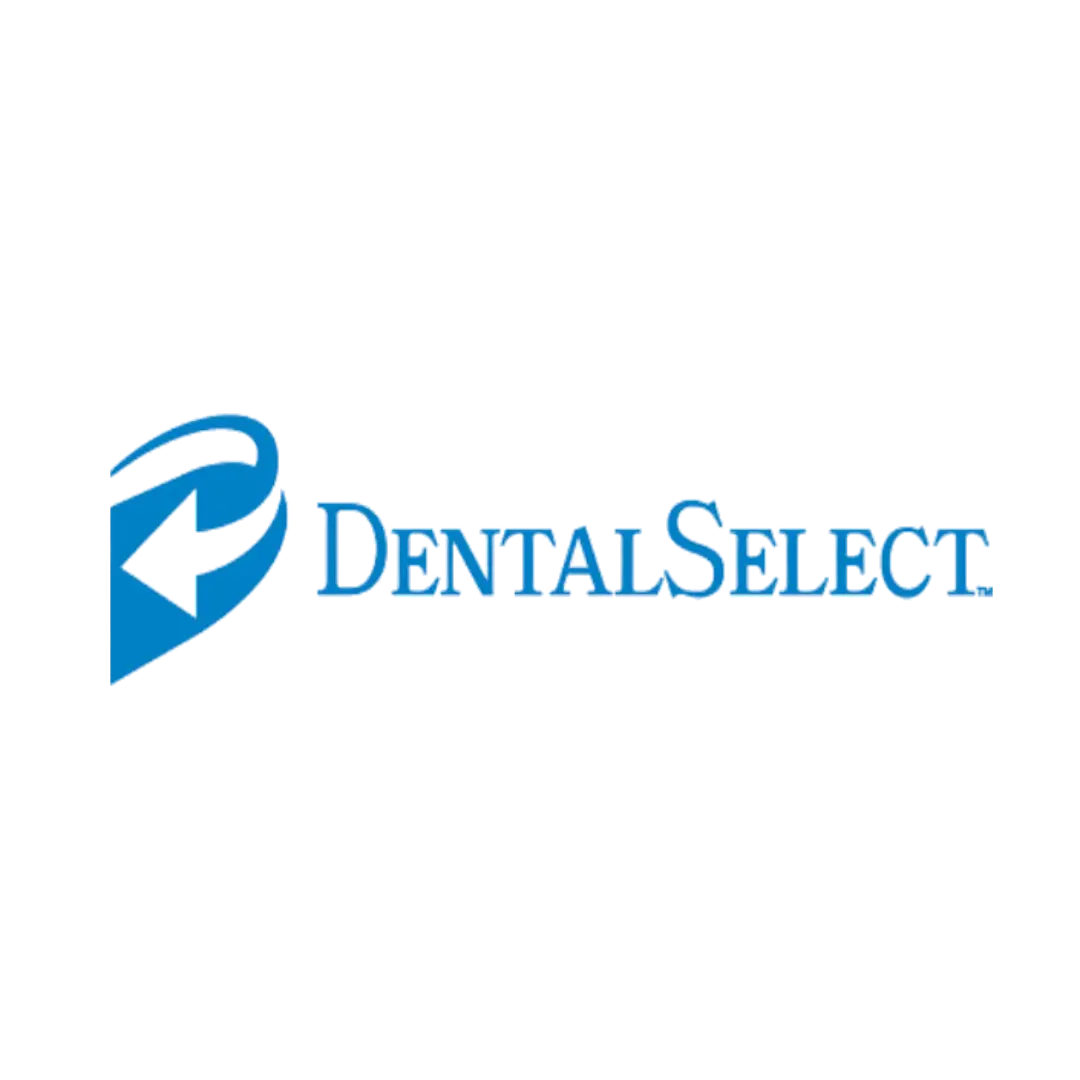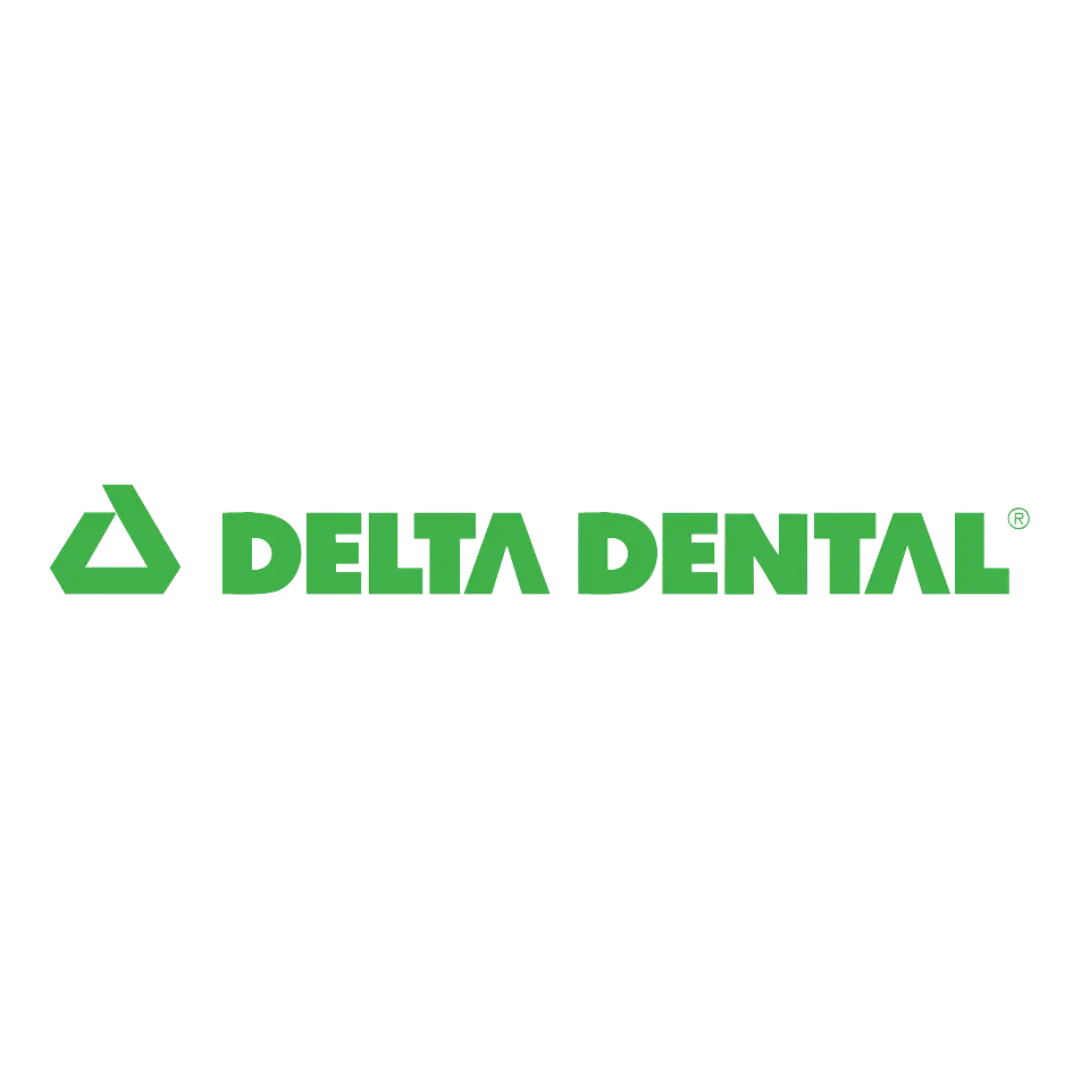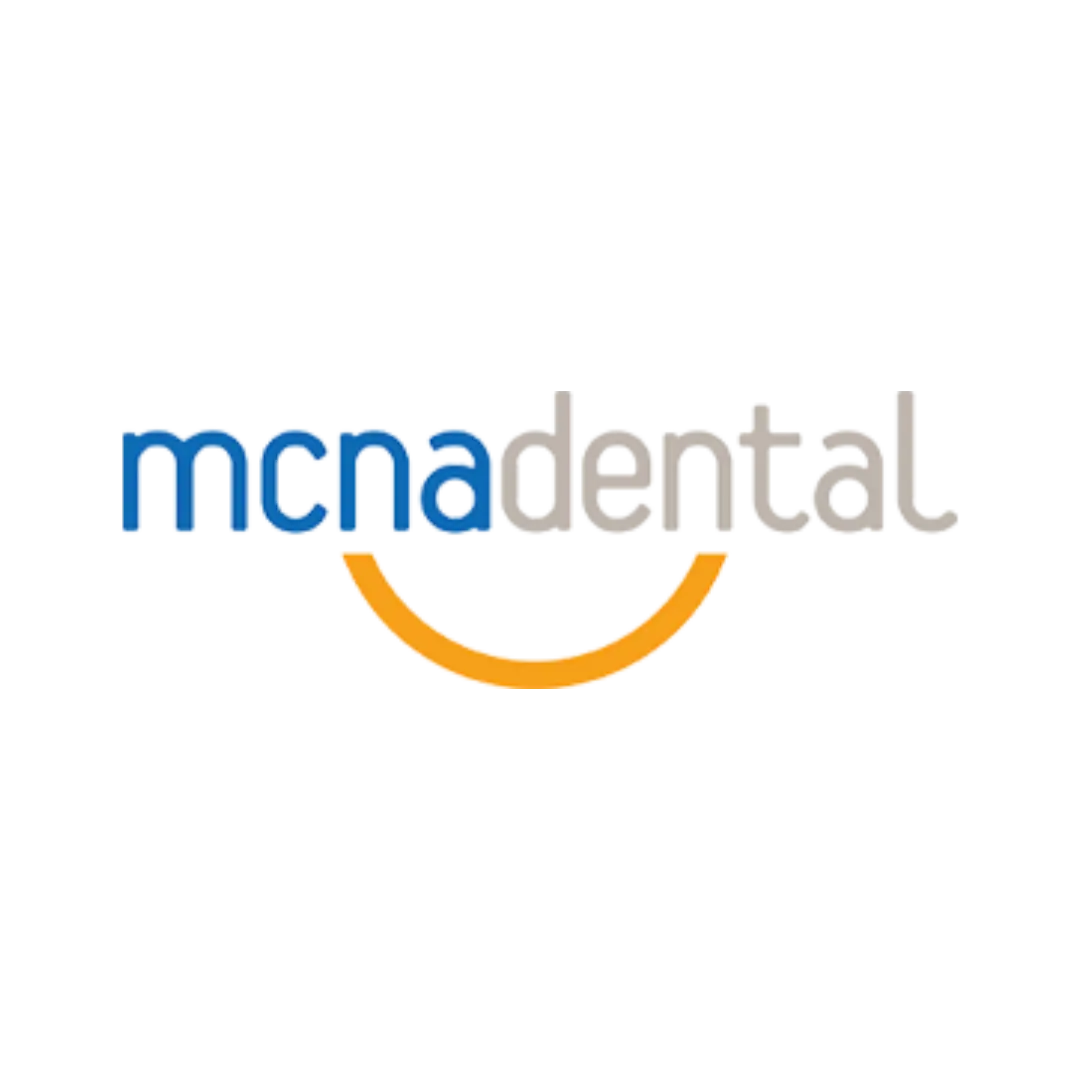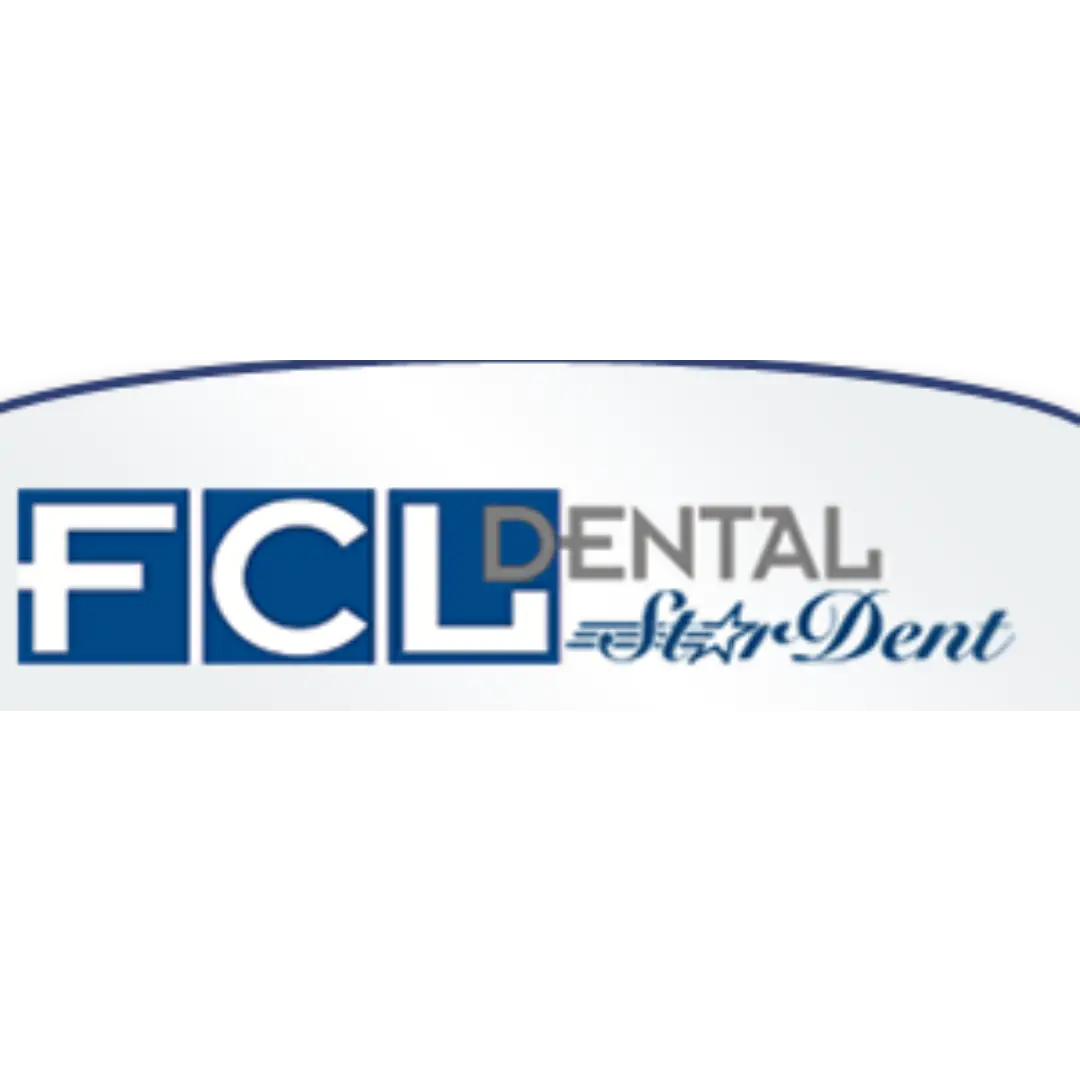Cases of oral cancer have been increasing day by day. Here are 10 steps to perform an oral cancer screening:
Table of Contents
1. Extraoral examination
The outer structures surrounding the mouth are examined first.
- The face: Symptoms include discolouration, swelling or even alteration in the structure of the face.
- The eyes: Even eyes can be swollen so as to display the early signs of cancer. Patients are asked to move their eyes from one direction to another to note their health.
- The ears and nose: Nose is touched and felt by the doctors to assure that no variation is present. Ears are tested by talking to the patient and evaluating the working of the acoustic nerve.
- The neck: Some portion of the neck would turn immobile or abnormally inflate itself to serve as a warning.
- The thyroid: Locating the thyroid is itself a task. Once located, dentists should try finding out whether any accumulation of mass is felt.
- The lips: At first, the labial mucosa is inspected to ensure its colour uniformity. Next, the outer lips are palpated by the dentist to look out for any symptoms of oral cancer.
2. Intraoral cavity examination
After a thorough extraoral examination, an intraoral cavity examination is initiated.
- Buccal mucosa: The lining starting from the cheek and continuing to the rear of the lips should be examined properly. Changes in colour or texture should be noted as symptoms.
- Tongue: If the tongue reveals inflammation, bruising or spots, the patient might suffer from cancer.
- Floor of the mouth: Dentists remove the tongue from the U-shaped area of the mouth to discover symptoms of oral cancer.
- Hard and soft palate: The presence of red or white spots on the hard and soft palate is enough to conclude that the patient is prone to cancer.
- Tonsils: Patients have to open their mouths and slowly inhale and exhale air. This allows the doctor to notice any irregularity and thereby, detect cancer.
Oral cancer screening requires well-qualified and experienced dentists. Some of the best dentists can be found at Charm Dental (Spring). Ask them for a check-up soon.




























